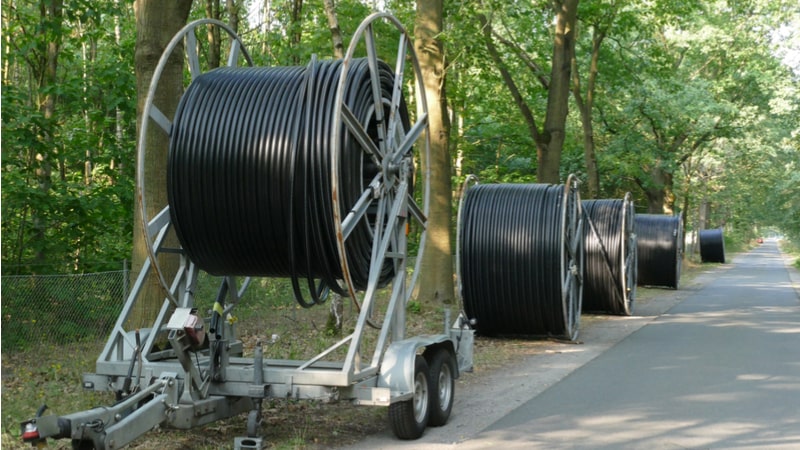
The House Energy and Commerce Committee (E&C) voted on Nov. 20 to approve the Broadband Deployment Accuracy and Technological Availability Act (Broadband DATA Act).
The legislation – which was introduced on June 6 – will require “the Federal Communications Commission (FCC) to issue new rules to require the collection and dissemination of granular broadband availability data and to establish a process to verify the accuracy of such data, and more,” according to a committee press release. The legislation’s primary goal is to “create an improved National Broadband Map that is significantly more accurate and granular, and subject to an ongoing and multi-faceted challenge, validation, and refinement process,” according to the bill’s co-sponsor Rep. Cathy McMorris Rodgers, D-Wash.
“One of the main challenges we face is having accurate data about what areas have access and where we need to improve,” said Rep. McMorris Rodgers, in a statement when she introduced the bill earlier this year. “This legislation will revamp the broadband mapping process so that federal agencies and private industry are able to target improvements to the areas that need it most and finally bridge the digital divide in rural communities.”
Another co-sponsor of the bill, Rep. Tom O’Halleran, D-Ariz., agreed, saying, “In the most rural parts of our country, millions of Americans lack access to reliable broadband. This puts communities at a significant disadvantage and prevents them from unlocking the potential of online learning, telehealth, and connectivity in our 21st-century economy.” He continued, “It is important that we close the digital divide to ensure these communities can thrive, but to do that we need to update the National Broadband Map.”
The bill would improve the broadband mapping process in five specific ways:
- Granular Service Availability Data – Requires broadband providers to report service availability by submitting GIS shapefiles that indicate actual network coverage completely updating or replacing the current Form 477 process.
- Three-pronged Data Validation Process –
- The collection of public feedback regarding the accuracy of the map, obtained via a new feedback tool that will be integrated into the online mapping platform.
- The acquisition of third-party commercial datasets on broadband availability that are analyzed and compared against provider-reported data.
- Targeted on-the-ground field validation of services in areas where public feedback and third-party data suggest the map is incorrect.
- Periodic Challenge Process – Requires the establishment of an ongoing, efficient, and scheduled process by which the public at large and broadband service providers may challenge the map, and through which the FCC analyzes and resolves any challenges to update the map accordingly.
- Federal Funding Programs Guidance and Broadband Investments Tracking – Requires the National Broadband Map to be utilized by Federal agencies to identify areas that remain unserved and track where awarded funds have actually resulted in broadband buildout.
- Data Submission Assistance to Small Providers – Minimizes the burden on smaller service providers that may not have GIS capabilities by providing data submission assistance to ensure that the information they report is as accurate as possible.”
The House legislation has a companion bill in the Senate, introduced June 12 by Senate Commerce, Science and Transportation Committee Chairman Roger Wicker, R-Miss. and committee members Gary Peters, D-Mich., John Thune, R-S.D., and Amy Klobuchar, D-Minn. The bill was referred to the Commerce, Science, and Transportation Committee, and is awaiting a vote.
